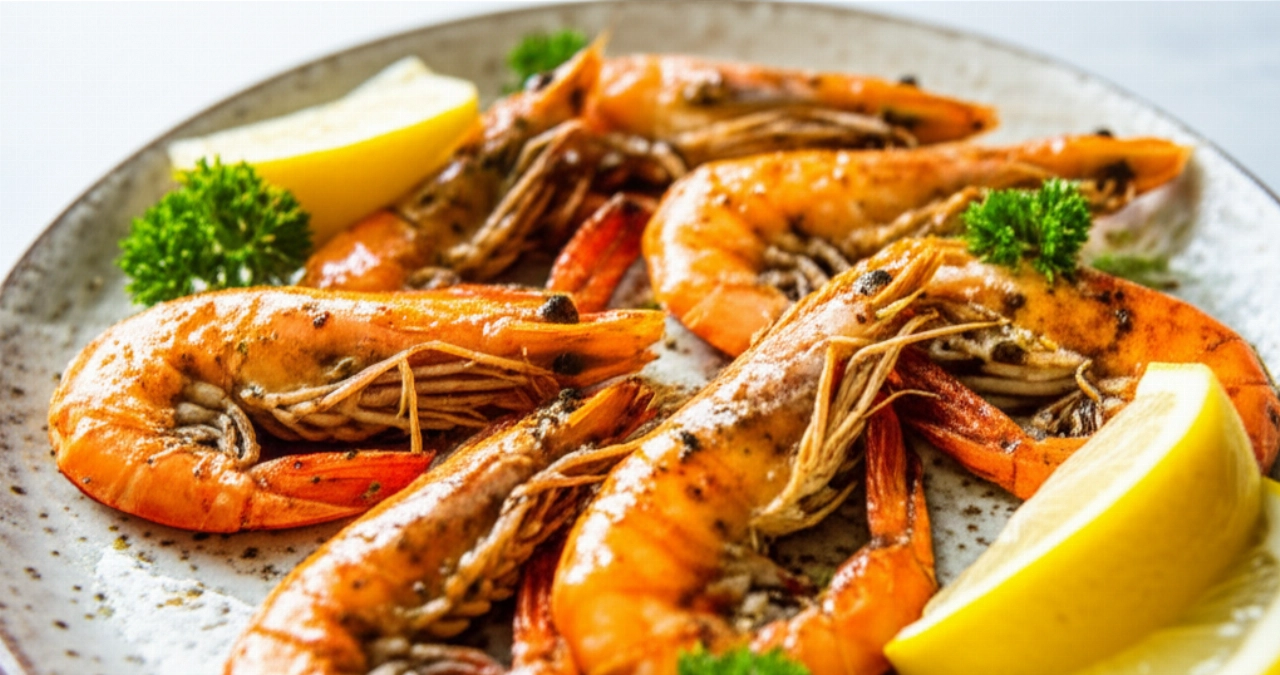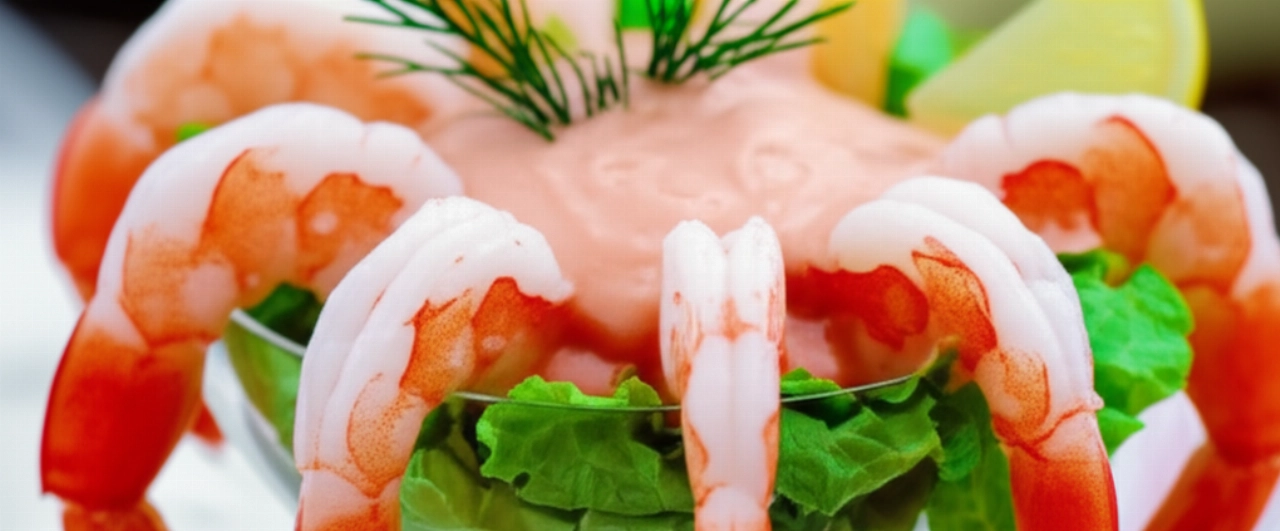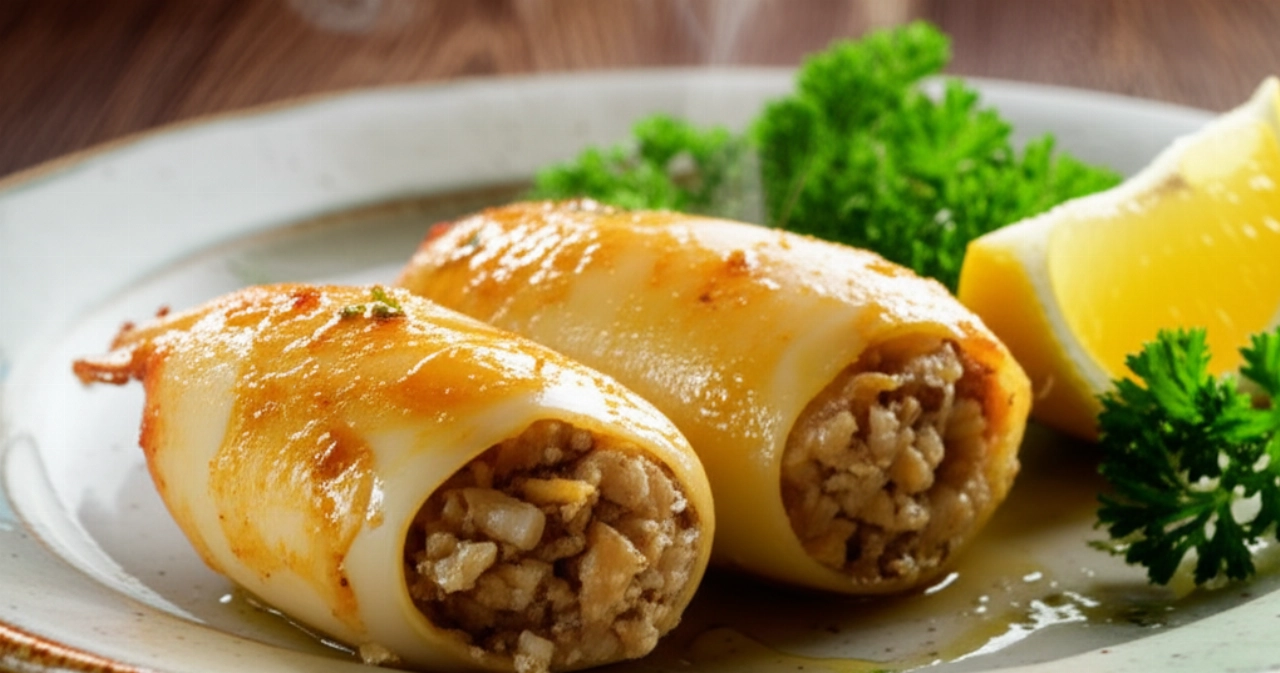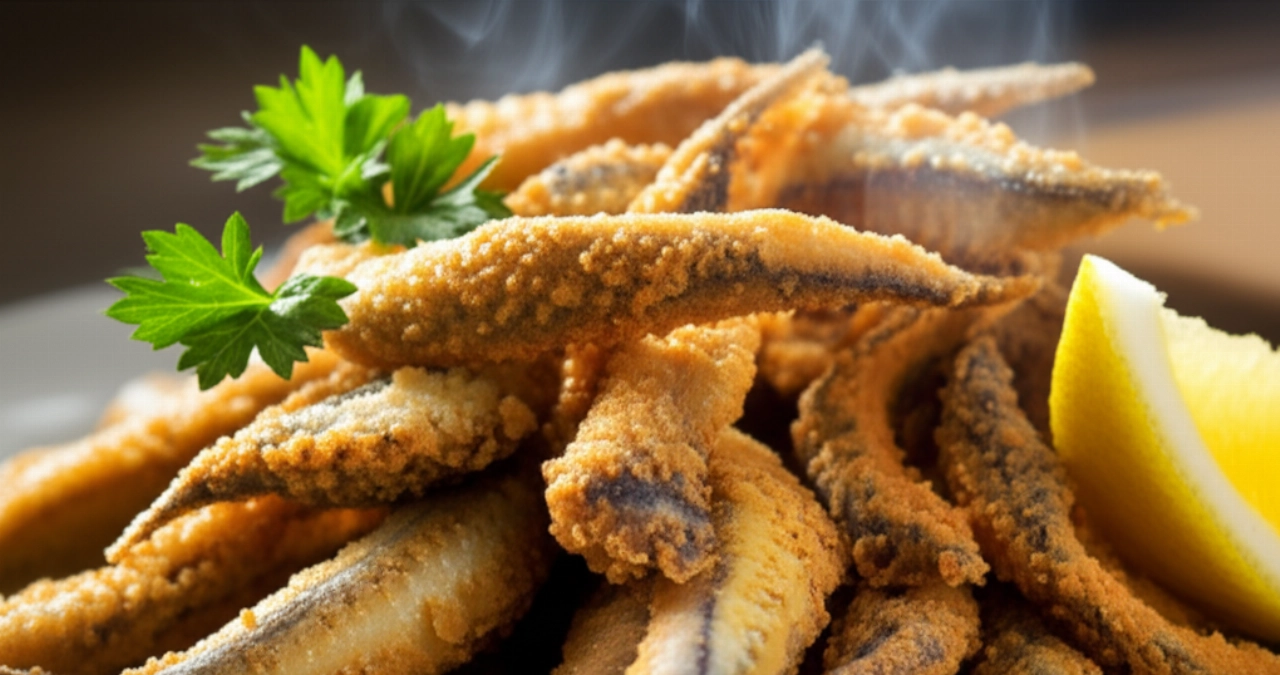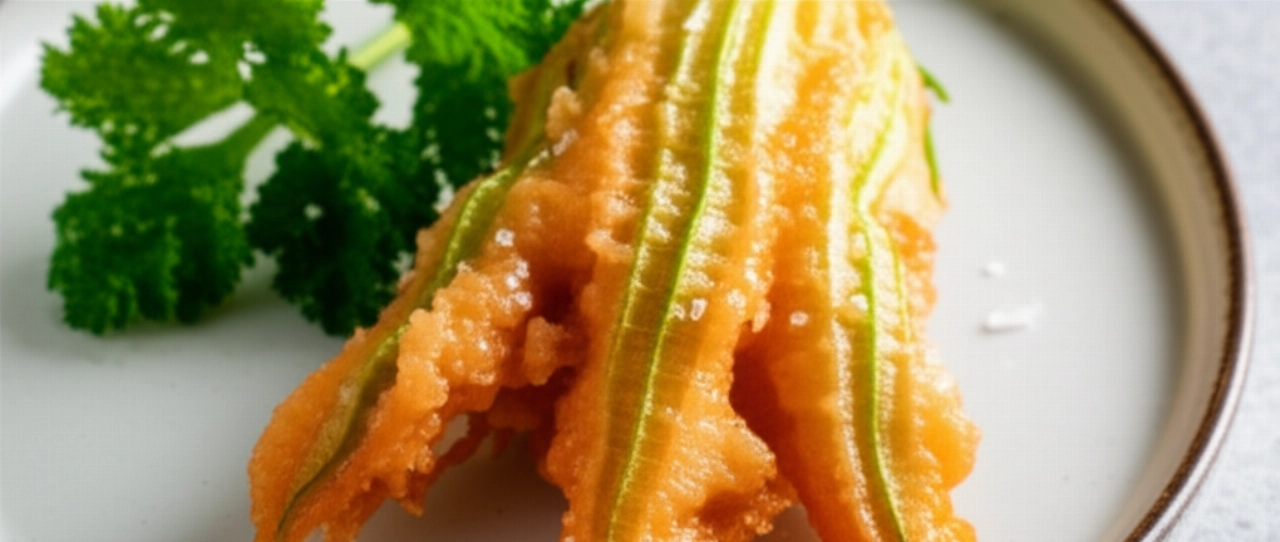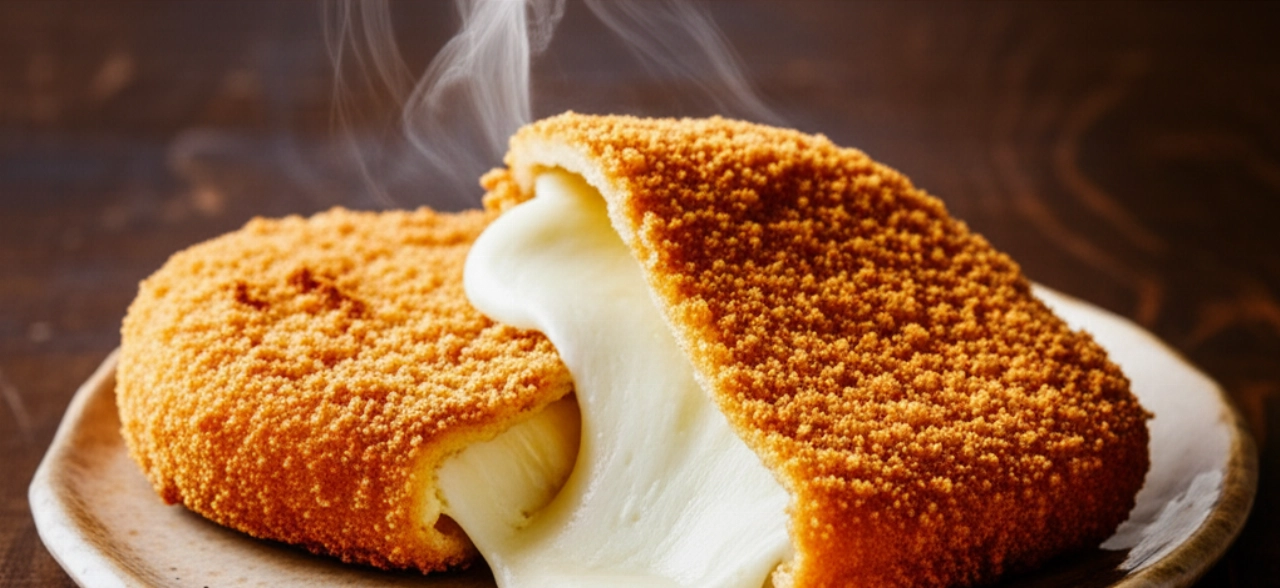Dreaming of serving a seafood fry so light and crispy it crackles with every bite, with tender calamari and juicy shrimp, without that annoying greasy aftertaste? Too often, however, fried fish turns into a nightmare: soggy, heavy, absorbing too much oil. It seems impossible to achieve that restaurant-quality result, right? Get comfortable, because today I'm revealing all the secrets for a Fried Calamari and Shrimp that will make you feel like you're by the sea, with a golden, dry, and incredibly flavorful fry. Success is guaranteed, word from your chef friend!
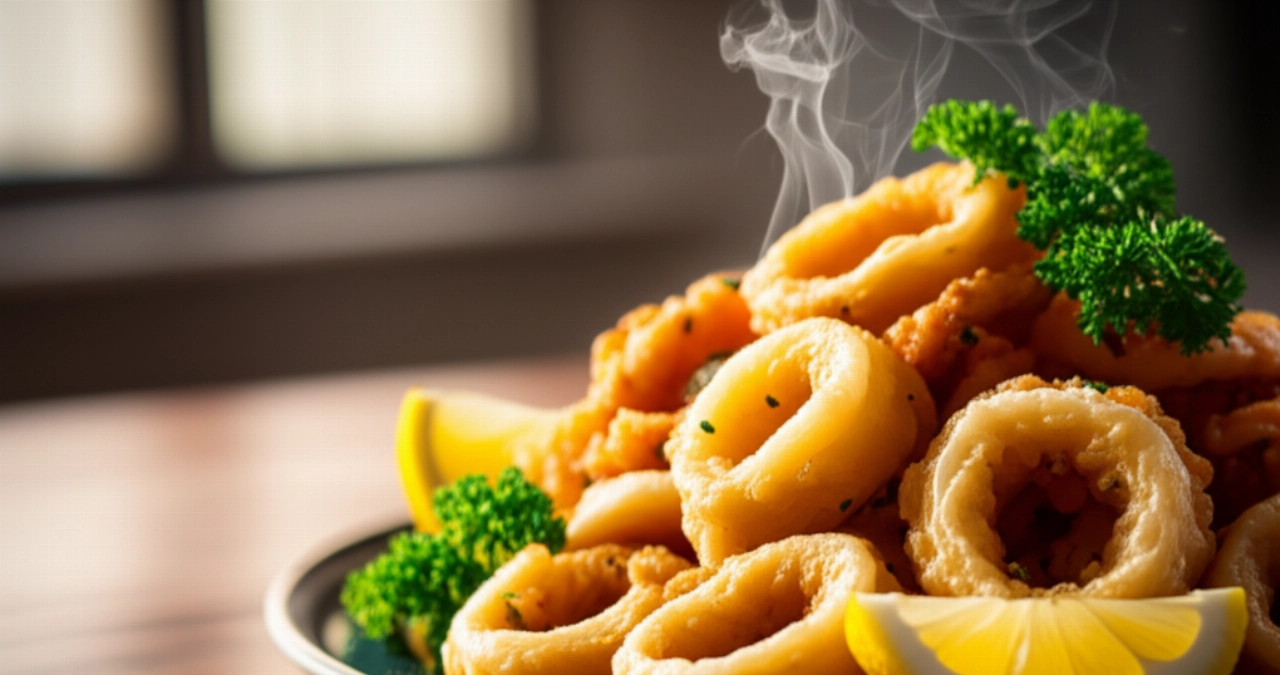
Ingredients for a Perfect Fry: The Choice That Makes the Difference
It's not just a list, but strategic choices that will make the difference between an "okay" fry and a crispy, light masterpiece. Trust me, every detail counts!
- Calamari and Shrimp: Super fresh, please! The quality of the fish is the first secret to an excellent fry. Always ask your trusted fishmonger. If using frozen, make sure they are well thawed and, most importantly, perfectly dry before proceeding.
- Flour: Here's the trick for crispiness! For a light and thin coating that won't weigh it down, I recommend durum wheat semolina flour. If you don't have it, a good all-purpose flour (00) will work perfectly. The important thing is that it doesn't form too thick a layer.
- Oil: Only peanut oil! It has a high smoke point (around 230°C), which means it withstands high temperatures well without burning and altering the delicate flavor of the fish. Do not use olive oil, unless you want a too strong flavor and a less light fry.
- Salt: Only after cooking! Salting the fish before frying would make it lose liquids, making it less crispy and harder to brown. A pinch of fine salt or salt flakes just after draining is ideal.
- Lemon (optional): A few wedges to serve, for a note of freshness that enhances the taste of the sea.
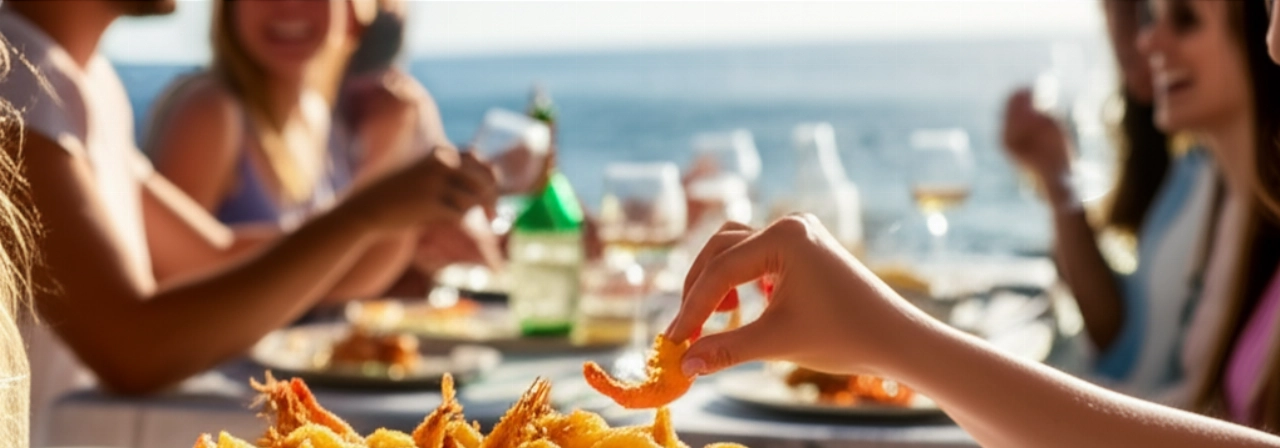
The 3 Mistakes That Make Fried Food Greasy and Soggy (and How to Avoid Them)
These are the classic pitfalls that turn a fried food dream into a greasy nightmare. But don't worry, I'm here to guide you and help you avoid every trap!
- Do not dry the fish well: Water is the number one enemy of crispiness! Before flouring them, make sure calamari and shrimp are perfectly dry by patting them with plenty of paper towels. This allows the flour to adhere well and prevents the oil from dangerously splattering.
- Oil not hot enough: If the oil is lukewarm, the fish will absorb too much fat, becoming greasy, heavy, and not crispy at all. The ideal temperature is between 170°C and 180°C. If you don't have a kitchen thermometer, do the toothpick test: if you dip it in the oil and many lively bubbles form around it, it's ready!
- Frying too much fish at once: Don't overcrowd the pan! Frying too many pieces at once drastically lowers the oil temperature, compromising browning and crispiness. Fry a few pieces at a time, giving them the necessary space to cook evenly and become golden.
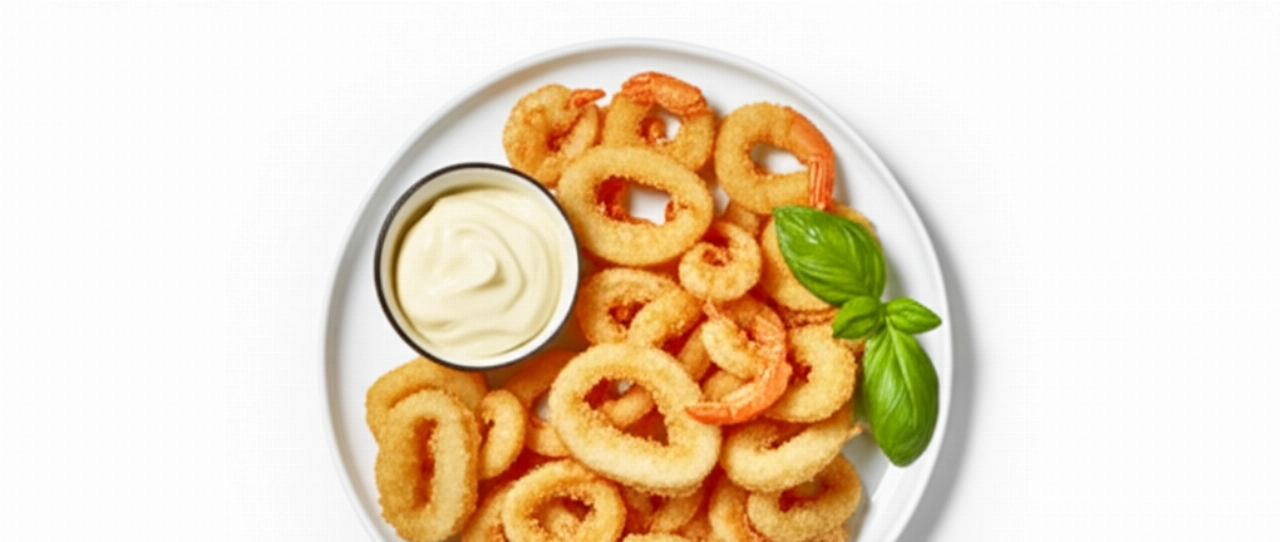
The Extra Touch: My Grandmother's Tip for an Extremely Light Fry
My grandmother, the true master of the perfect fry, always told me: "Remember, dear, the secret to a good fry is not just hot oil, but also letting the floured fish rest." After flouring calamari and shrimp, she would put them in a large-mesh colander and gently shake them to remove excess flour. Then she would let them rest in the fridge for 10-15 minutes. This small, but fundamental, trick ensures that the flour adheres better, creating a thin and super crispy crust, and that the fry is even lighter. Try it, and you'll never go back!
Let's Prepare Fried Calamari and Shrimp Together: The Step-by-Step Guide
Now that you know all the secrets, let's get cooking! Follow these steps and success will be guaranteed.
- Prepare the fish: Clean the calamari (or have your trusted fishmonger clean them), cut them into rings about 1 cm thick and the tentacles into pieces. Clean the shrimp, removing the shell and the dark intestinal vein on the back. Rinse everything well under cold running water and then, crucially, dry them perfectly with paper towels. They must be very dry for a crispy fry!
- Perfect flouring: Pour the flour (semolina flour or all-purpose flour) into a large food bag or a wide bowl. Add a few pieces of fish at a time (don't overdo it!) and shake well to flour them evenly. Remove excess flour by passing them through a large-mesh colander or gently shaking them. This prevents the flour from burning in the oil.
- Strategic resting: If you have time, arrange the floured fish on a tray and let them rest in the refrigerator for at least 10-15 minutes. This small step helps the flour adhere better and form a perfect crust.
- Heat the oil: In a deep pan or a fryer, pour plenty of peanut oil. The oil should be enough to completely cover the fish. Heat it until it reaches the ideal temperature of 170-180°C. You can check with a kitchen thermometer or by dipping a toothpick: if lively bubbles form around it, it's ready.
- Golden frying: Fry a few pieces of fish at a time to avoid lowering the oil temperature. Cook for 2-3 minutes, or until they are golden brown and crispy. The exact time depends on the size of the fish and the oil temperature. Turn gently if necessary for even cooking.
- Drain and serve: With a slotted spoon, drain the fried fish and immediately transfer it to a tray lined with plenty of paper towels to remove excess oil. This is crucial for a dry fry! Salt immediately with a pinch of fine salt or salt flakes. Serve piping hot, perhaps with a few lemon wedges to enhance the flavor.
Tips and Frequently Asked Questions about Fried Calamari and Shrimp
Here are some of the most common questions I get asked. I hope they help you!
- Can I use other types of fish for frying?
- Certainly! This recipe is also perfect for a mixed fry. You can add anchovies, red mullet, smaller shrimp, or small hake. The important thing is that cooking times are similar or that you fry them separately if sizes vary greatly.
- How do I know if the oil is at the right temperature without a thermometer?
- Besides the toothpick trick (which should form lively bubbles), you can try with a small piece of flour or bread: if it fries immediately when immersed in the oil and floats to the surface, the temperature is right. If it sinks and doesn't fry, it's too cold. If it fries too violently and darkens immediately, it's too hot.
- Can I prepare batter instead of simple flour?
- Absolutely yes! Batter gives a different, softer and puffier texture. If you want to try, I recommend a light batter made with flour, ice-cold sparkling water, and a pinch of salt. The secret is that it must be very cold for a thermal shock that makes it crispy.
- How can I make the fried food even lighter?
- In addition to the tips already given (dry fish, hot oil, don't overcrowd the pan, paper towels), make sure to use a spacious pan and don't fill it too much with oil. Changing the oil halfway through frying (if frying large quantities) can help maintain quality.
- Can I reheat leftover fried food?
- I strongly advise against it. Fried food is a dish that is best enjoyed freshly made, crispy and fragrant. Reheating it, even in the oven, will tend to lose its crispiness and become rubbery. It's better to prepare the right amount or enjoy it cold, if there's any left!
There you have it! Now you hold not just a recipe, but all the secrets to serving a Fried Calamari and Shrimp that will make everyone exclaim "Wow!" A dish that tastes of the sea, of celebration, and of that authentic Italian cuisine we love so much.
Don't be afraid to challenge yourself. With these tips, success is guaranteed. Remember, cooking is love and sharing. And a fry this good is pure joy!
Have you tried our recipe? We're curious to see your masterpiece! Leave a comment below, tell us how it went, or share a photo on Instagram by tagging @CercaRicette.it. If you loved this fried dish, you can't miss our recipe for a perfect side dish like Crispy Baked Potatoes or a delicious first course like Spaghetti with Clams.
